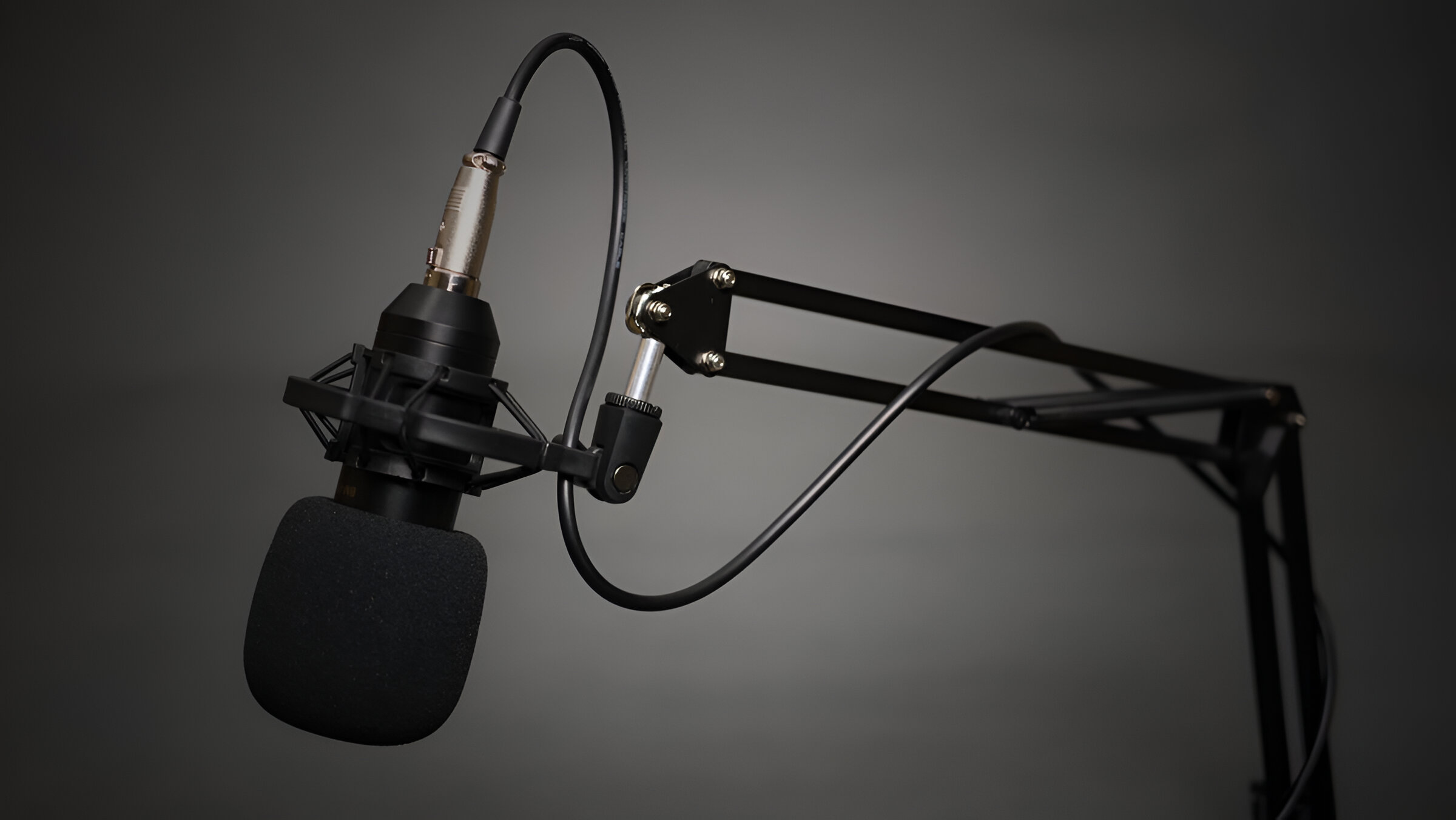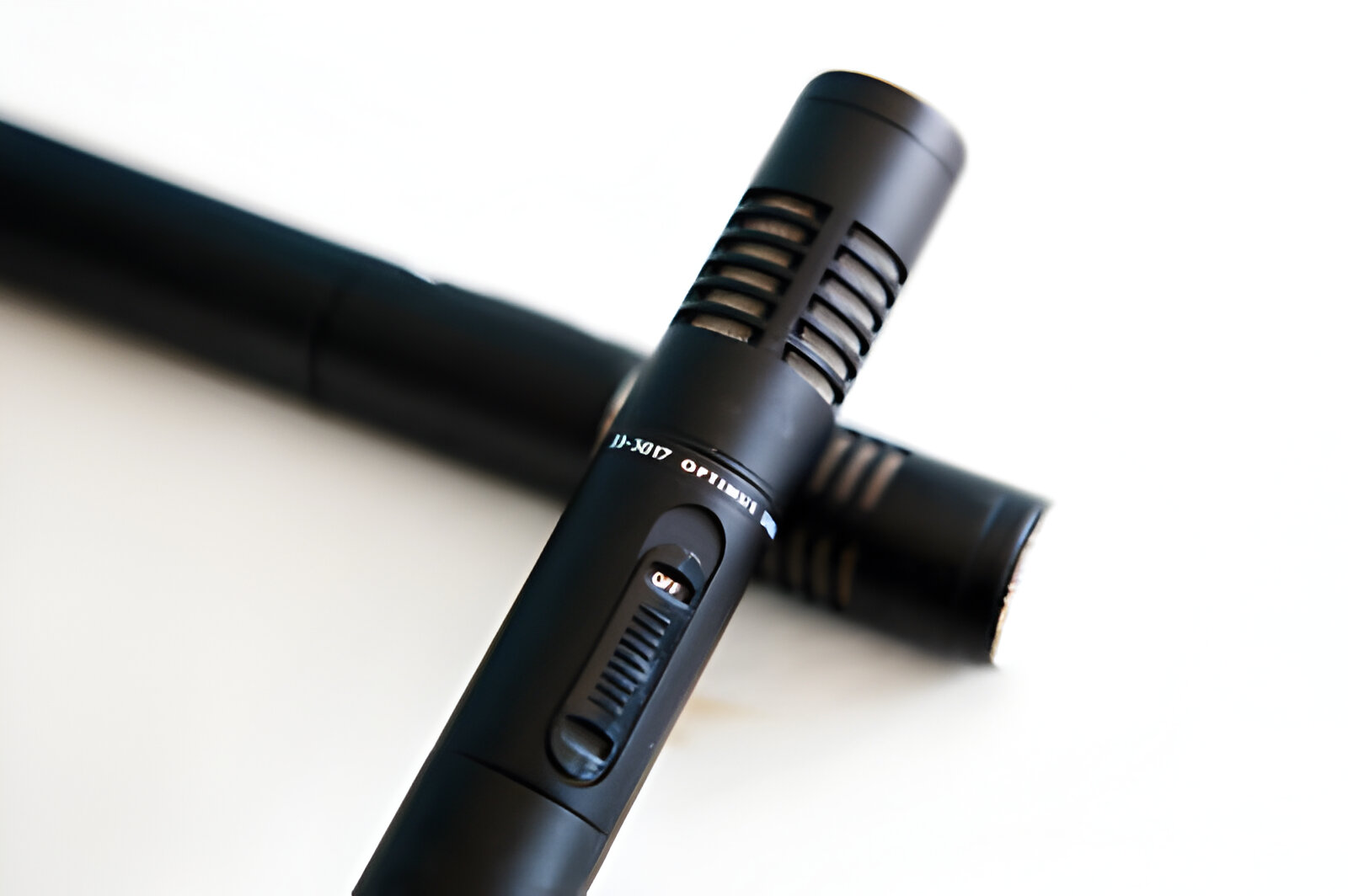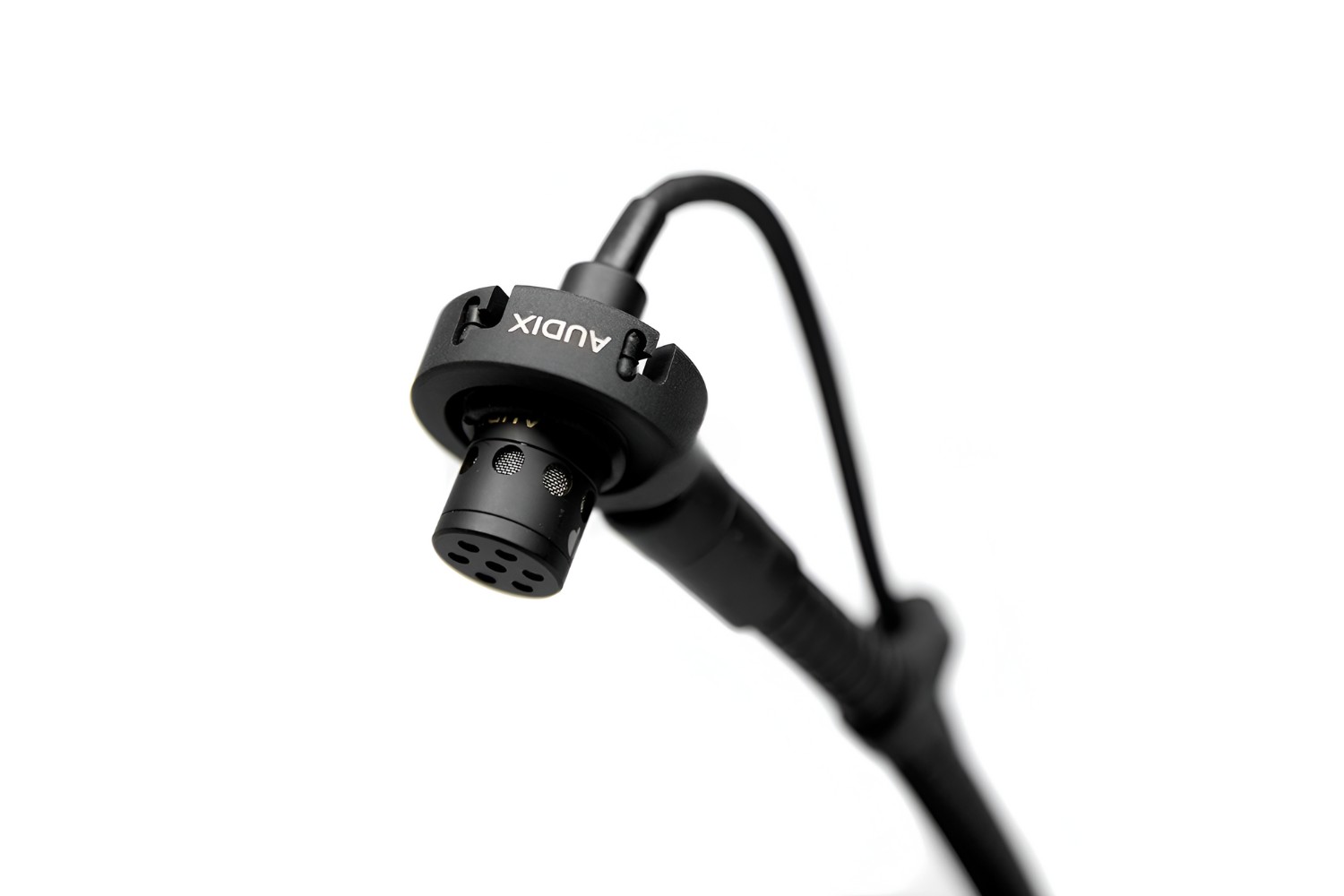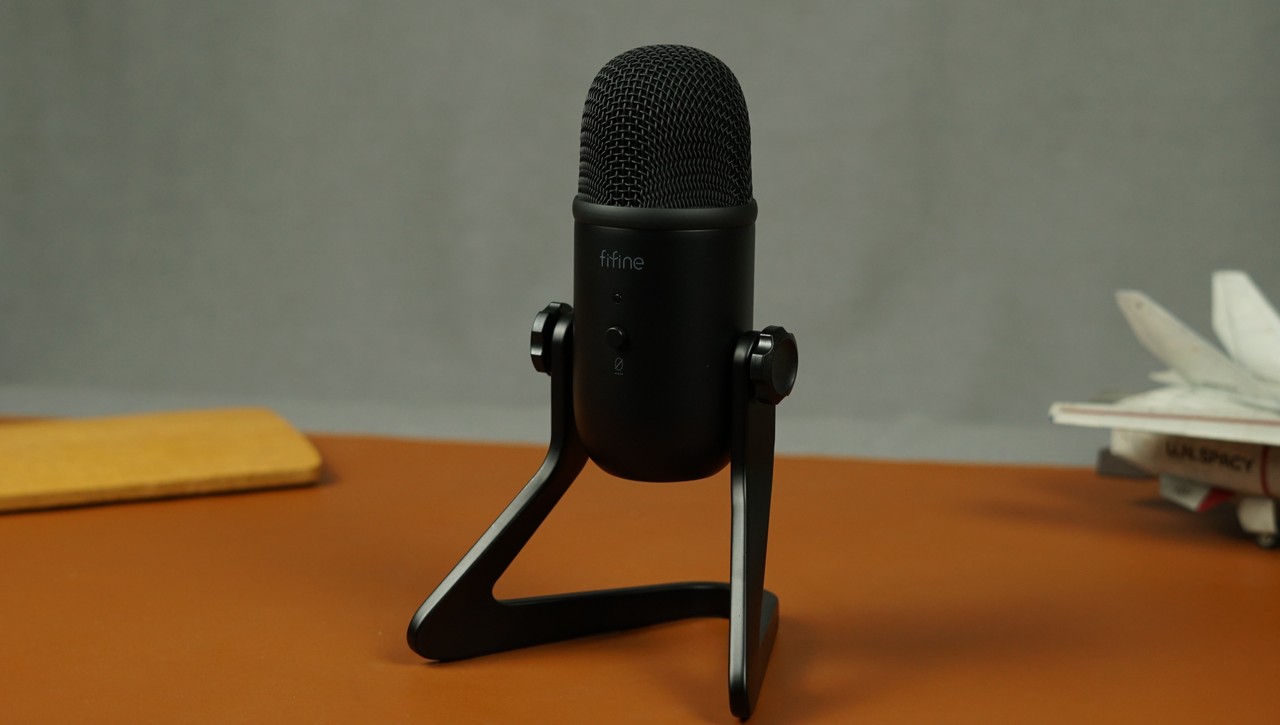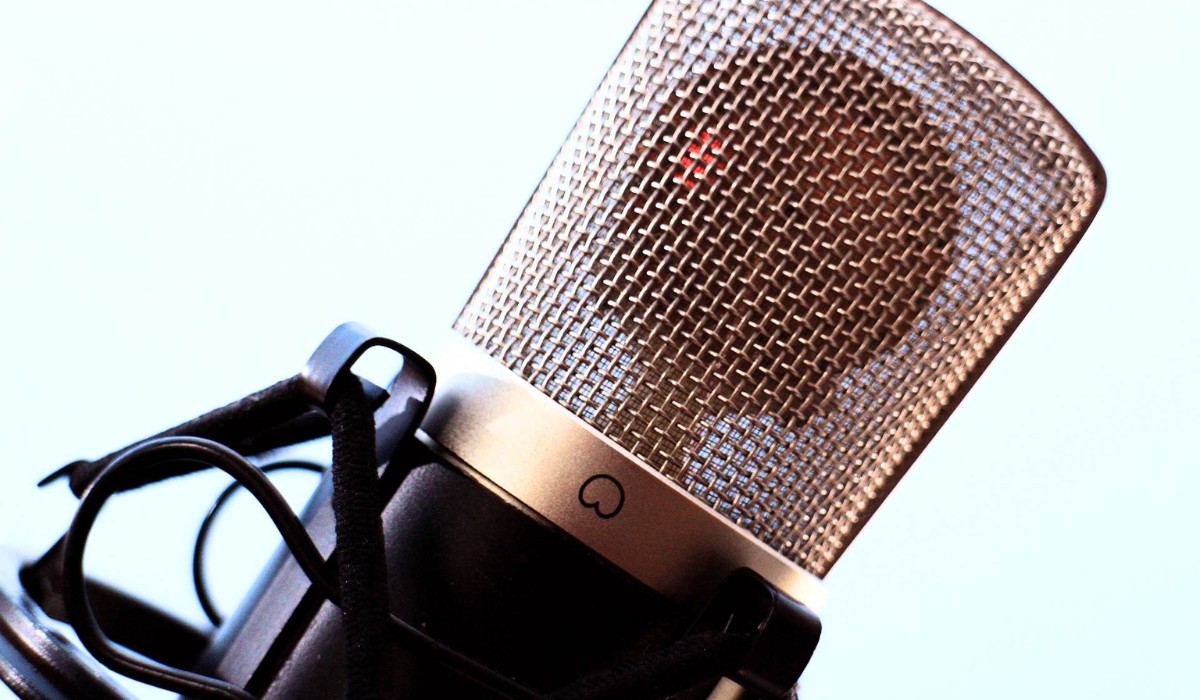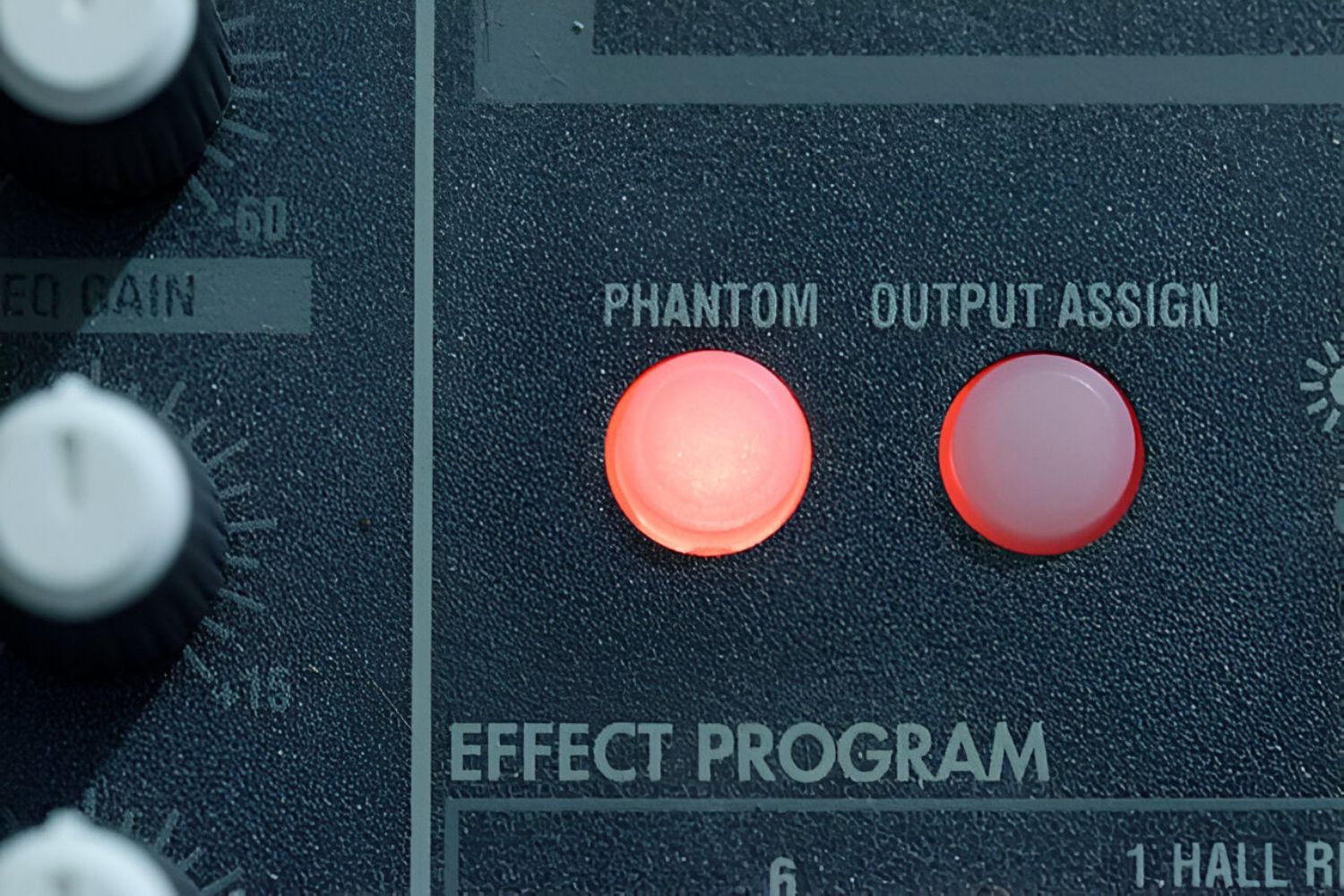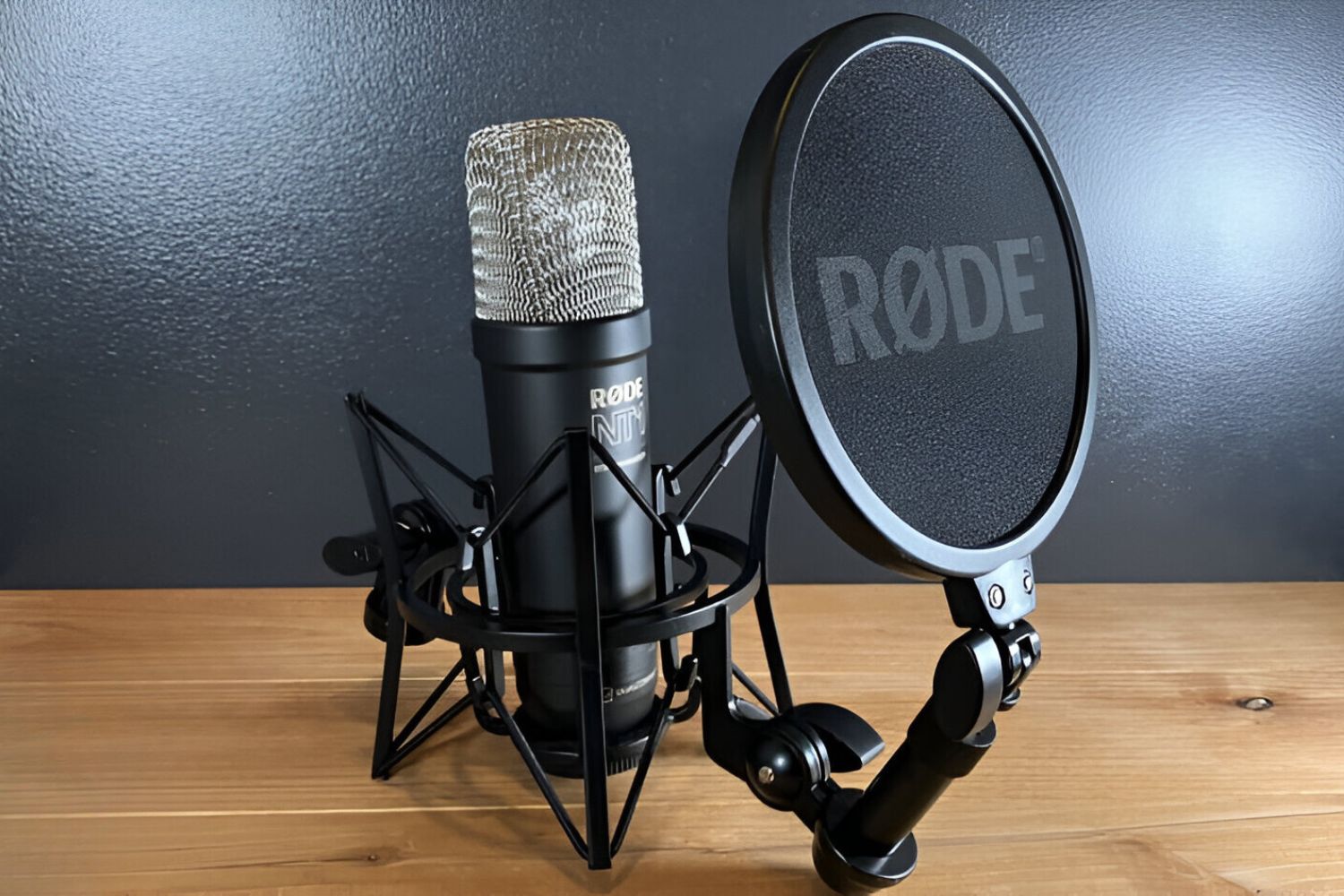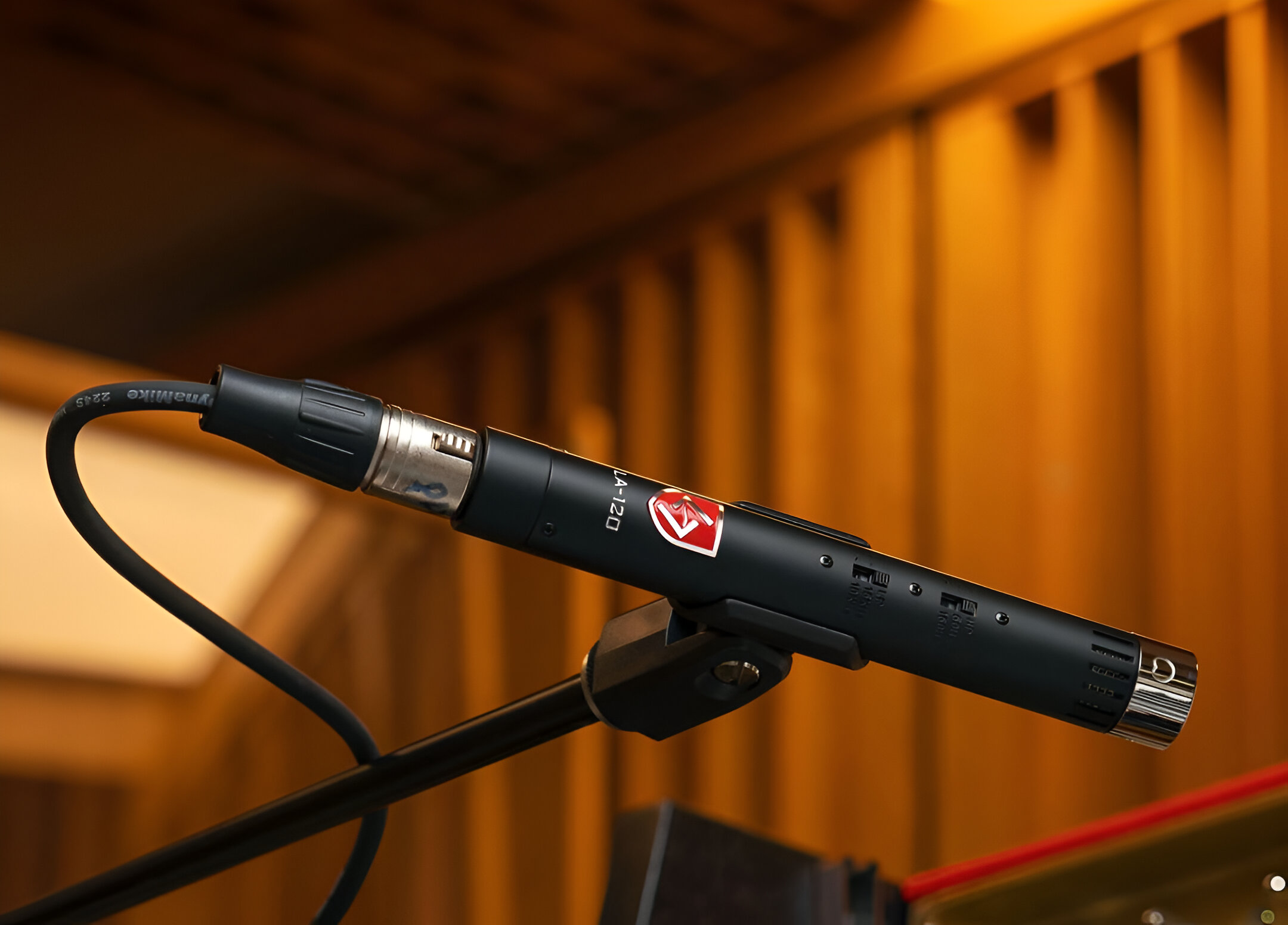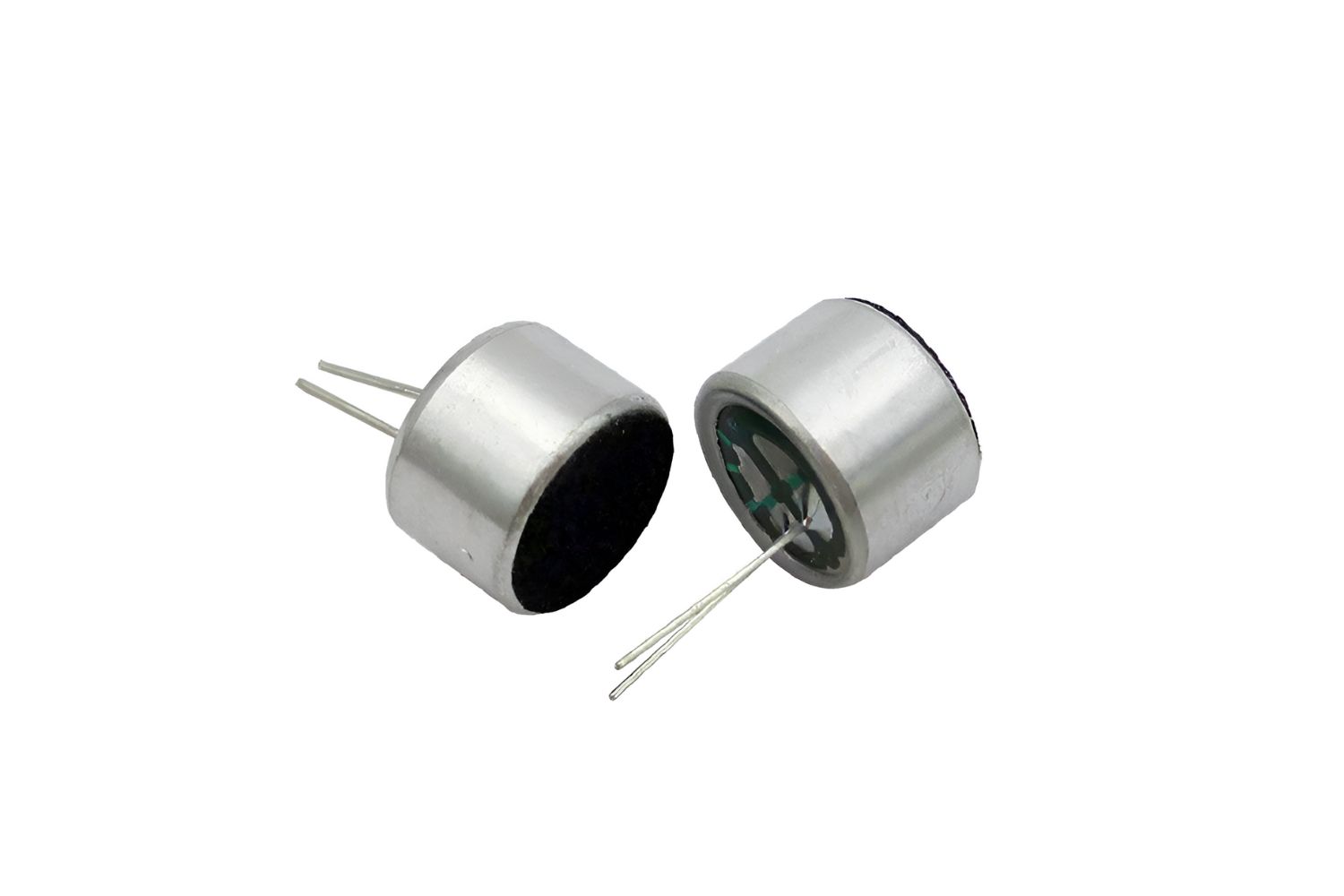Introduction
When it comes to capturing high-quality audio, professionals in various fields rely on condenser microphones for their exceptional sound reproduction capabilities. Whether you're a musician, podcaster, content creator, or audio engineer, understanding the nuances of condenser microphones is crucial for achieving top-notch audio recordings.
In this comprehensive guide, we will delve into the world of condenser microphones, exploring their inner workings, types, advantages, and disadvantages. By the end of this article, you'll be equipped with the knowledge to make an informed decision when selecting the right condenser microphone for your specific needs.
Condenser microphones have long been favored for their ability to capture the nuances of sound with remarkable clarity and detail. Understanding the technology and features behind these microphones is essential for leveraging their full potential in professional and amateur audio recording environments.
Whether you're a seasoned audio professional or a newcomer to the world of sound recording, this guide will provide valuable insights into the functionality and practical considerations of condenser microphones. Let's embark on this journey to unravel the intricacies of these essential tools for capturing pristine audio.
What is a Condenser Microphone?
A condenser microphone, also known as a capacitor microphone, is a crucial tool for capturing high-fidelity audio in a wide range of professional and personal applications. Unlike dynamic microphones, which rely on electromagnetic induction to convert sound waves into electrical signals, condenser microphones utilize an electrostatic principle to achieve exceptional sensitivity and accuracy.
At the core of a condenser microphone is a diaphragm, typically made of a thin conductive material such as gold-sputtered mylar or metal-coated plastic. This diaphragm acts as one plate of a capacitor, with the backplate serving as the second plate. When sound waves hit the diaphragm, it vibrates in response to the variations in air pressure, causing the distance between the diaphragm and the backplate to change. This movement results in the alteration of the capacitance, generating an electrical signal proportional to the sound waves.
One of the defining characteristics of condenser microphones is their ability to capture subtle nuances and transient details with exceptional clarity. This makes them indispensable in professional recording studios, broadcasting setups, live sound reinforcement, podcasting, and field recording applications where capturing the full spectrum of sound is paramount.
Condenser microphones come in various form factors, including large-diaphragm and small-diaphragm designs, each offering unique sonic characteristics and applications. Large-diaphragm condenser microphones are revered for their warm and rich sound, making them ideal for vocal recording, while small-diaphragm condensers excel in capturing intricate details and high-frequency content, making them well-suited for acoustic instruments and ambient recording.
Understanding the fundamental principles and applications of condenser microphones is essential for anyone seeking to elevate their audio recording capabilities. With their ability to faithfully reproduce the complexities of sound, condenser microphones continue to be indispensable tools for professionals and enthusiasts alike, shaping the landscape of modern audio production and content creation.
How Does a Condenser Microphone Work?
Condenser microphones operate on the principle of electrostatic transduction, which allows them to convert sound waves into electrical signals with remarkable precision and fidelity. At the heart of this process is the interaction between the diaphragm and a charged backplate, creating an electrostatic capacitor that responds to acoustic variations.
When sound waves reach the diaphragm of a condenser microphone, it undergoes minute displacements in response to the fluctuations in air pressure caused by the sound. This movement alters the distance between the diaphragm and the backplate, thereby modifying the capacitance of the capacitor formed by these two elements. As a result, the electrical charge across the capacitor changes in accordance with the sound waves, generating an electrical signal that faithfully represents the audio input.
Unlike dynamic microphones, which rely on electromagnetic induction to produce electrical signals, condenser microphones require an external power source to polarize the diaphragm and backplate. This power, typically supplied through phantom power from a mixing console, audio interface, or dedicated power supply, is essential for maintaining the electrostatic charge and enabling the transduction process to take place.
Furthermore, condenser microphones are equipped with an internal preamplifier, often referred to as an impedance converter, which serves to amplify the minute electrical signals generated by the fluctuating capacitance of the diaphragm-backplate capacitor. This preamplification stage is crucial for boosting the microphone’s output to a usable level, ensuring that the captured audio can be effectively processed and recorded by external audio equipment.
By harnessing the principles of electrostatic transduction, condenser microphones excel in capturing the intricacies of sound with exceptional clarity and detail. Their ability to faithfully reproduce the nuances of audio makes them indispensable tools for a wide array of applications, including studio recording, live sound reinforcement, broadcast, podcasting, and field recording.
Understanding the inner workings of condenser microphones empowers audio professionals and enthusiasts to leverage the capabilities of these devices effectively, unlocking the potential for capturing pristine audio in diverse recording environments.
Types of Condenser Microphones
Condenser microphones come in various types, each tailored to specific recording scenarios and sonic preferences. Understanding the distinctions between these microphone designs is essential for selecting the most suitable option for a given application.
1. Large-Diaphragm Condenser Microphones: These microphones feature diaphragms with a diameter of one inch or larger, delivering a classic, warm sound signature characterized by enhanced low-frequency response and a gentle high-frequency roll-off. Large-diaphragm condensers are revered for their ability to capture vocals with rich, intimate tonality, making them a popular choice for studio vocal recording, broadcast announcers, and podcasters seeking a signature vocal sound.
2. Small-Diaphragm Condenser Microphones: With diaphragms typically measuring around half an inch in diameter, small-diaphragm condenser microphones excel in capturing transient details, high-frequency content, and the natural timbre of acoustic instruments. Their extended high-frequency response and precise transient reproduction make them ideal for recording acoustic guitars, pianos, percussion, and ensemble performances where sonic accuracy and transparency are paramount.
3. Tube Condenser Microphones: These microphones incorporate vacuum tubes in their circuitry, imparting a distinctively warm and harmonically rich character to the captured audio. Tube condensers are favored for their ability to add a touch of vintage warmth and coloration to recordings, making them sought after for capturing vocals, brass instruments, and drum overheads in genres where a classic, analog sound is desired.
4. Solid-State Condenser Microphones: In contrast to tube condensers, solid-state condenser microphones utilize transistors in their circuitry, offering pristine, transparent sound reproduction with minimal coloration. They are renowned for their accuracy and linearity, making them versatile tools for capturing a wide range of sound sources with exceptional fidelity and precision.
By recognizing the sonic characteristics and applications of these different condenser microphone types, recording engineers, musicians, and content creators can make informed decisions when selecting the most suitable microphone for their specific recording needs.
Advantages of Using a Condenser Microphone
Condenser microphones offer a host of advantages that make them indispensable tools for professional audio recording and content creation. Understanding these benefits is crucial for harnessing the full potential of condenser microphones in diverse recording environments.
1. Sensitivity and Detail: Condenser microphones are renowned for their exceptional sensitivity, allowing them to capture subtle nuances and transient details with remarkable clarity. This makes them ideal for capturing the full spectrum of sound, from delicate acoustic instruments to nuanced vocal performances, with unparalleled fidelity.
2. Extended Frequency Response: With their ability to reproduce a wide frequency range, condenser microphones excel in capturing both the low-end warmth and high-end brilliance of sound sources. This extended frequency response makes them versatile tools for recording a diverse array of instruments and vocal timbres with precision and accuracy.
3. Low Self-Noise: Condenser microphones are designed to exhibit minimal self-noise, ensuring that the inherent electrical noise of the microphone does not compromise the clarity of the recorded audio. This low self-noise characteristic is particularly beneficial for capturing quiet sound sources and achieving pristine recordings in studio and field recording environments.
4. Transient Response: The transient response of condenser microphones is exceptional, allowing them to faithfully capture the rapid variations in sound intensity and articulation. This makes them well-suited for recording percussive instruments, vocals with dynamic inflections, and fast transients with precision and accuracy.
5. Versatility: Condenser microphones are versatile tools that find applications in a wide range of recording scenarios, from studio vocals and acoustic instruments to broadcast, podcasting, and field recording. Their ability to adapt to diverse sound sources and recording environments makes them indispensable for audio professionals and content creators.
6. High Output and Low Impedance: Condenser microphones typically exhibit a high output level and low output impedance, allowing them to deliver robust, low-noise signals that can be effectively processed and recorded by external audio equipment. This high output capability ensures that the captured audio maintains its integrity throughout the signal chain.
By leveraging these advantages, audio professionals, musicians, and podcasters can elevate the quality of their recordings and achieve sonic excellence in their creative endeavors, making condenser microphones indispensable tools in the world of audio production.
Disadvantages of Using a Condenser Microphone
While condenser microphones offer a multitude of benefits, it’s important to acknowledge their limitations and potential drawbacks in certain recording scenarios. Understanding these disadvantages is essential for making informed decisions when selecting the appropriate microphone for specific applications.
1. Sensitivity to Environmental Noise: Condenser microphones are more sensitive to environmental noise, including room ambience, HVAC systems, and handling noise, compared to dynamic microphones. This heightened sensitivity can pose challenges in noisy recording environments, requiring careful acoustic treatment and isolation to achieve pristine recordings.
2. Power Requirements: Unlike dynamic microphones, condenser microphones require an external power source, typically supplied through phantom power from a mixing console, audio interface, or dedicated power supply. This power dependency can limit their usability in remote recording locations where access to reliable power may be limited.
3. Fragility: The delicate diaphragm and internal components of condenser microphones make them more susceptible to damage from physical shocks, moisture, and extreme temperatures. This fragility necessitates careful handling and storage to prevent potential damage to the microphone’s sensitive components.
4. Cost: Quality condenser microphones often come with a higher price tag compared to dynamic microphones, making them a substantial investment for individuals and studios with budget constraints. This cost consideration may impact the accessibility of condenser microphones for some recording enthusiasts and professionals.
5. Proximity Effect: Some condenser microphones exhibit a pronounced proximity effect, where the bass response increases when the sound source is in close proximity to the microphone. While this can be advantageous for achieving a fuller vocal or instrument sound, it requires careful management to avoid unintended low-frequency emphasis in recordings.
6. Phantom Power Compatibility: While most modern audio equipment supports phantom power, compatibility issues may arise with certain older or specialized devices that do not provide phantom power, limiting the usability of condenser microphones in such setups.
By recognizing these disadvantages, audio professionals and recording enthusiasts can make informed decisions when evaluating the suitability of condenser microphones for specific recording environments and applications, ensuring that the strengths of these microphones are leveraged while mitigating their potential limitations.
How to Choose the Right Condenser Microphone for You
When selecting a condenser microphone, several key factors should be taken into consideration to ensure that the chosen microphone aligns with the specific recording needs and sonic preferences of the user. By evaluating the following criteria, individuals can make informed decisions when choosing the most suitable condenser microphone for their creative endeavors.
1. Application and Sound Source: Consider the primary application for which the microphone will be used. Whether it’s vocal recording, instrument miking, podcasting, or field recording, identifying the intended sound sources and recording scenarios will guide the selection process.
2. Polar Pattern: Evaluate the desired polar pattern based on the intended recording environment. Cardioid, omnidirectional, and figure-8 patterns offer distinct characteristics, with cardioid being suitable for isolating sound sources and minimizing background noise, while omnidirectional and figure-8 patterns are ideal for capturing ambient and multi-source sound.
3. Frequency Response and Transient Handling: Assess the frequency response and transient handling capabilities of the microphone to ensure that it complements the sonic characteristics of the intended sound sources. Consider whether a flat or tailored frequency response is preferable for the desired recordings.
4. Diaphragm Size and Sound Signature: Differentiate between large-diaphragm and small-diaphragm condenser microphones based on the desired sound signature. Large-diaphragm microphones are favored for their warmth and vocal presence, while small-diaphragm microphones excel in capturing transient details and high-frequency content.
5. Budget and Quality Considerations: Balance the budgetary constraints with the desired quality and sonic performance of the microphone. While high-end condenser microphones offer exceptional sonic fidelity, there are also budget-friendly options that deliver commendable performance for various recording applications.
6. Phantom Power Compatibility: Ensure that the chosen condenser microphone is compatible with phantom power, especially if it will be used with audio interfaces, mixing consoles, or preamps that provide phantom power. This compatibility is essential for powering the microphone’s internal circuitry and enabling the transduction process.
7. Room Acoustics and Environmental Considerations: Take into account the acoustic characteristics of the recording environment and the potential impact of ambient noise, reverberation, and room reflections on the microphone’s performance. Select a microphone that can effectively address the acoustic challenges of the recording space.
By carefully evaluating these factors, individuals can navigate the diverse landscape of condenser microphones and make informed decisions that align with their specific recording objectives, sonic preferences, and budgetary considerations. This thoughtful approach ensures that the chosen condenser microphone becomes an invaluable tool for capturing pristine audio and realizing creative visions in the realm of sound recording and content creation.







